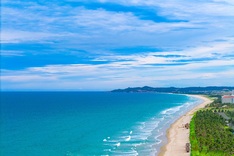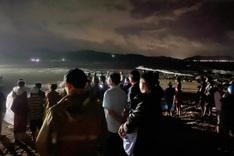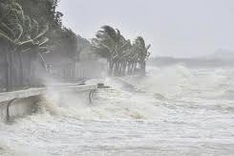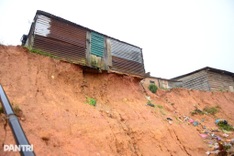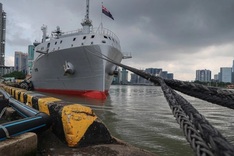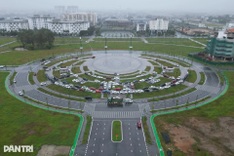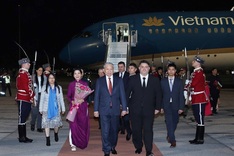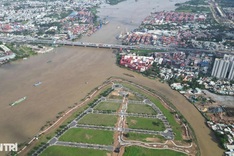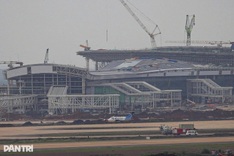The Department of Environment under the Ministry of Natural Resources and the Environment (MONRE) has suggested temporarily restricting the setting up of small production workshops in five industrial sectors, in order to protect the Dong Nai River.
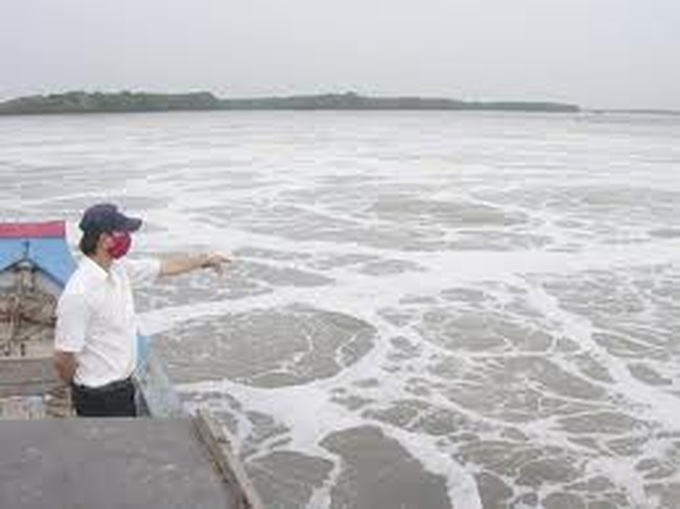
Take actions, not to rely on enterprises’ promises
The suggestion has made after considering the set of criteria for assessing the industries that need to be restricted or prohibited on the Dong Nai River basin, built up by a group of scientists and researchers.
There are three criteria mentioned, including the characteristics of the receiving sources; the technologies which may cause pollution to the water resources; and the characteristics of the flow and waste water, the situation of waste water treatment systems.
However, the participants, who attended the workshop discussing the solutions to protect the Dong Nai River basin held in HCM City on November 19, expressed their worry that if the suggestion is approved, this will badly affect the local economic development.
The representative of the Tay Ninh provincial authorities said that 80 percent of the production workshops in the area are cassava production workshops, which were listed by management agencies as seriously polluters. However, the workshops now use modern technologies to minimize the pollution. Tanning and plating workshops are also in the same situation.
Bui Cach Tuyen, General Director of the General Department of Environment, said he agrees with the research team that it is now necessary to take actions, not to wait for the promises from enterprises, to protect the Dong Nai River.
“Though we have not updated the capability of treating the waste water with new technologies, when considering the current situation, we can say that it is necessary to prohibit or restrict some industries which cause serious pollution,” he said.
Unable to receive more waste
Tran Hong Thai, Deputy Head of the Institute of and Hydrometeorology and the Environment, has warned that the whole basin of the Dong Nai River, which runs through 11 provinces and cities, has become unable to receive waste water with TSS, COD, BOD… any more. Except the stretches of river from the upstream of Dong Nai River to the Tri An hydropower plant, and from the upstream the Saigon River to Dau Tieng dam base, which still can well receive waste water, the other areas now can receive waste at low to medium levels.
Especially, the Thi Vai River and the surface water of the canal system in the inner city of HCM City and Bien Hoa City, now cannot receive more waste.
After surveying the production situation on the Dong Nai river basin, the research team has found that six industries are causing serious pollution to the river, including rubber production, pulp production, textile and dyeing, leather tanning and footwear, metallurgy and chemical industry.
The production workshops in the industries are discharging big volumes of untreated waste water to the Dong Nai River. The researchers have found that 85 percent of the 40 textiles and dyeing workshops located on the river’s basin, which discharge 32,000 cubic metres a day, still do not have waste water treatment systems, or have too simple ineffective systems. 80 percent of the 103 rubber factories, which discharge 41,000 cubic metres of waste a day, not have waste water treatment systems, or have too simple ineffective systems.
The figures are 84 percent of chemical factories. As for footwear industry, the waste water was found as containing high levels of BOD, COD, TSS and chrome. Even big production factories such as Pouchen in HCM City and Ching Luh in Long An province, also did not have waste water treatment systems.


